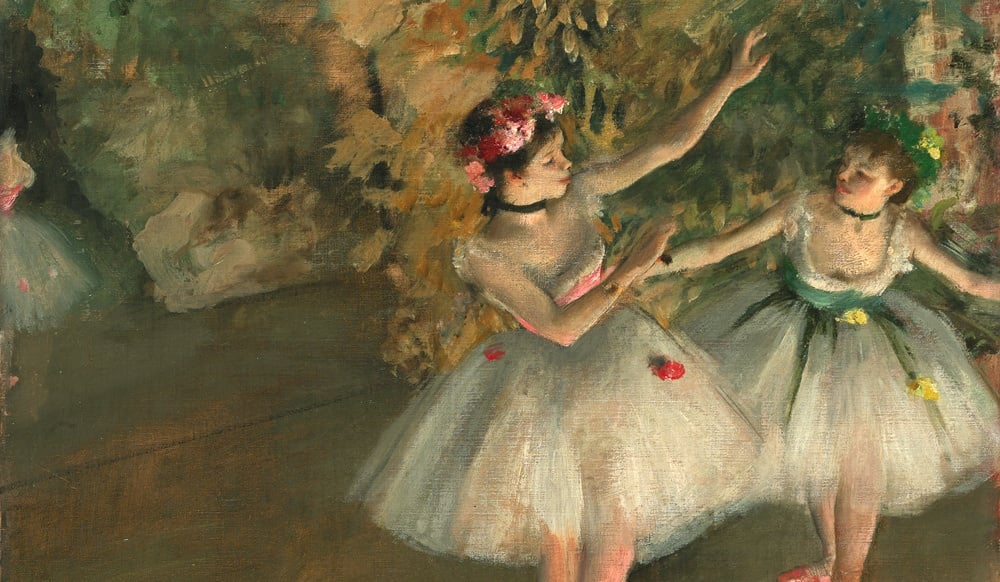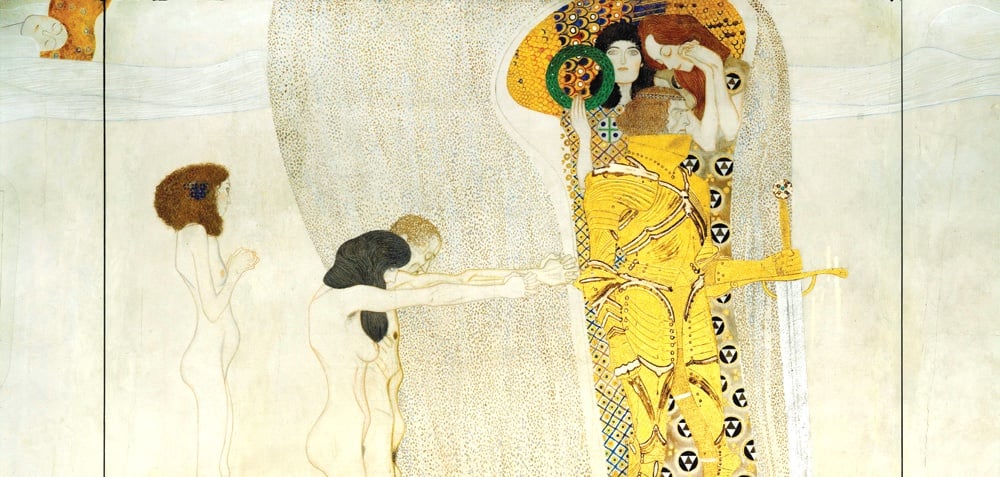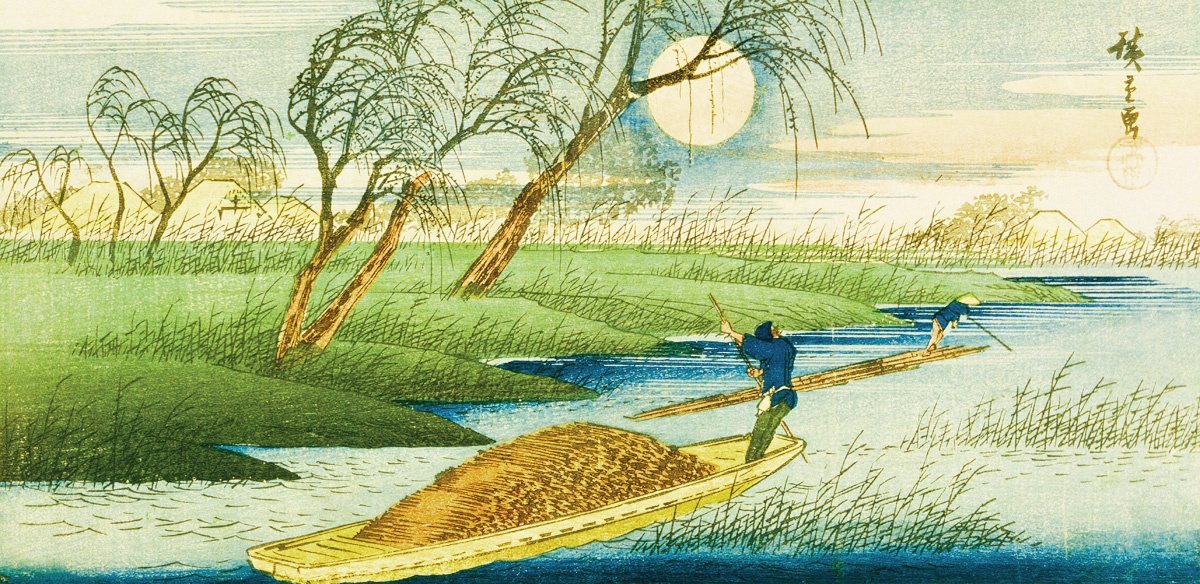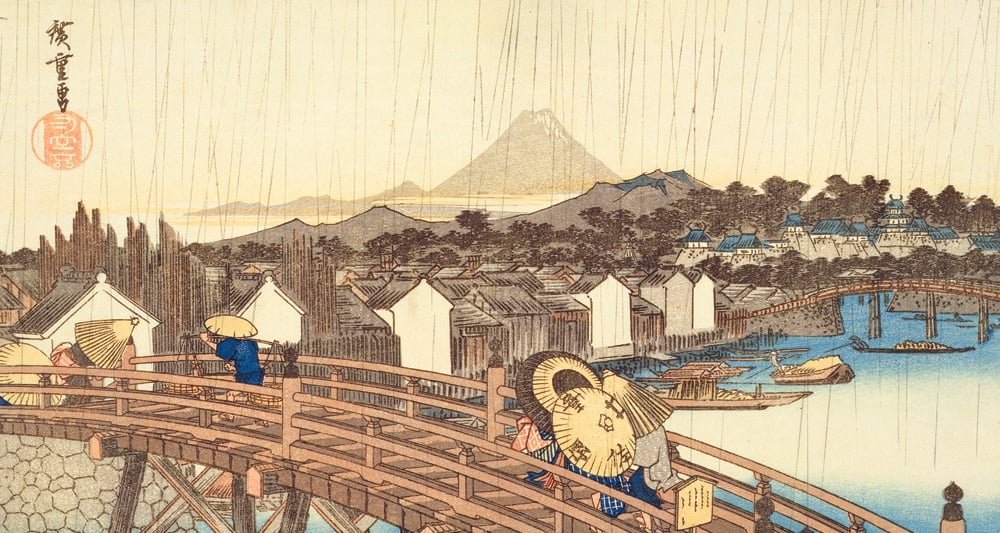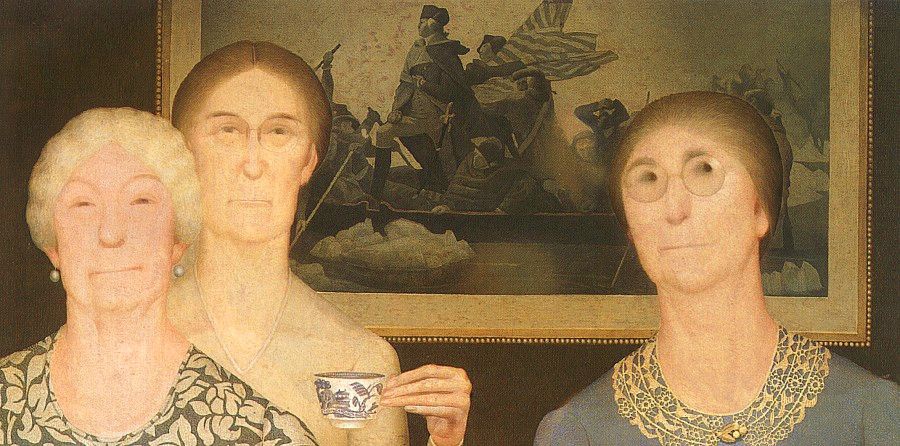Impressionism emerged during the second half of the nineteenth century, at a time when the Académie des Beaux-Arts was largely in charge of what French art, its content and its style should look like. The Académie favoured traditional values and conventions and they were quick to dismiss Impressionist painters' work because of the latters' disinterest for realism and detailed accuracy. Monet, Renoir and company are known to have taken more interest in perception than description. They preferred landscapes to historical scenes and contemporary life to mythology. Among the Impressionists' most recurrent subjects is the female form, which we will be taking a closer look at in today's blog.
Visual & Decorative Arts Blog
Jérémie Lebaudy
Recent Posts
Even when he was just a teenager, Gustav Klimt (1862–1918) showed signs of great talent. He was 14 years old when a relative encouraged him to take the examination for entering the Kunstgewerbeschule (the Viennese School of Applied Art) under the tutelage of principal Rudolf Eitelberger von Edelberg who believed in the idea of a Gesamtkunstwerk, a total art work in which all forms of art would be united and equally respected. This credo is omnipresent in Klimt's tremendous pieces of work that combine painting, metalworking and crafts to create the unique, transcendent style we know him for.
Topics: Gustav Klimt
Helen Oxenbury (born in 1938) was the stuff of great illustration art from a very early age, according to her father at least. He was the first to encourage his daughter as he saw great talent in the sketches she would pile up in their home in Felixstowe, England.
Full Moon at Seba, c. 1837−42
In our last blog we talked about the origins of Japanese woodblocks and ukiyo art. We ended with the foundation of the Utagawa School, which was where Hiroshige, one of the greatest masters of woodblock art, took his first steps.
Topics: Japanese Woodblock Prints
With over five thousand woodblocks to his name and celebrated for his breathtaking landscapes, Utagawa Hiroshige (1797–1858) is often said to have been the last of the great art masters of his time. In Europe and the United States, Japanese woodblock prints are usually thought of as decorative pieces rather than fine art; such terms as ukiyo or Edo bakufu do not mean much to most of us Westerners. But in order to fully understand Hiroshige’s work we have to go back a few decades before his birth, to 1603 and the beginning of the Tokugawa shogunate.
Topics: Japanese Woodblock Prints
Grant Wood (1891–1942) is known for dismissing the European influences that he felt were standing in the way of American painters developing their own artistic identity. Among his most famous pieces of work are the much-discussed American Gothic (1930), the satirical Adolescence (1933) and the borderline parodic Daughters of Revolution (1932).

